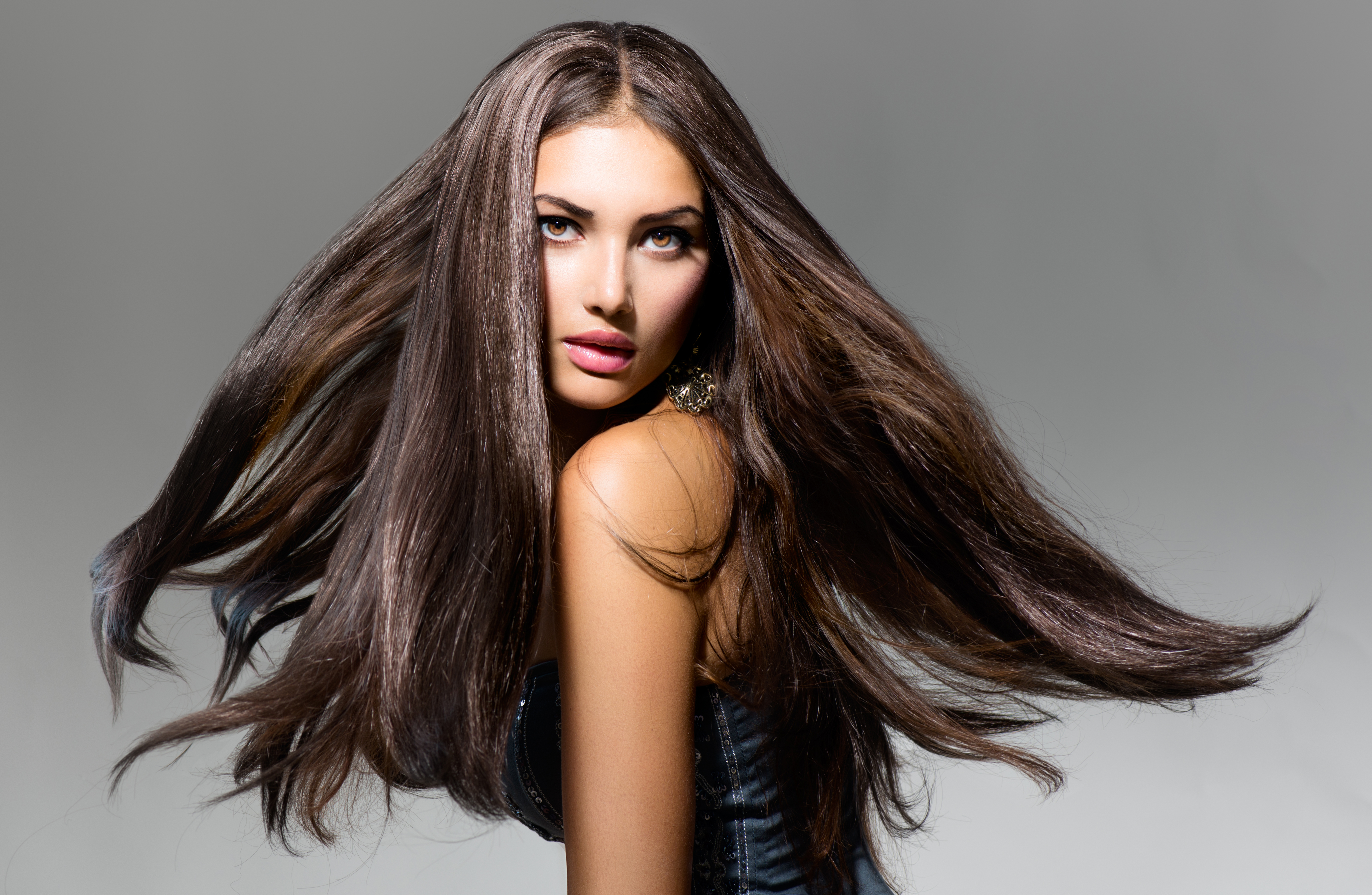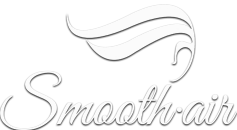
Want flowing locks men can’t take their eyes off? Or a perfectly professional look? That takes more than a weekly visit to your stylist. Or growing it longer and longer. But it does not mean tons of special equipment or expensive products. The critical foundation is healthy follicles — the “root” from which your hair grows.
Nutrition
Healthy, gorgeous hair starts from the inside. And that means eating healthy. Go for lots of unprocessed fruits and vegetables for balanced nutrition overall. That can be difficult these days, so a vitamin and mineral supplement can be a good idea, especially some of those formulated specifically for hair.
Shampoo and Conditioning
Your scalp’s natural oils together with dust from the environment can build up, clogging pores and follicles. So it’s actually more important to wash your scalp than the hair itself. Here are a few specific tips.
- How often? Even the best products put your hair under a bit of stress. Most women don’t need to shampoo every day. But for those with oily hair or who workout every day, daily attention is a good idea. If you have chemically treated hair (such as dyed or bleached) it’s usually better to shampoo less often. As we get older the scalp makes less oil, so it makes sense to wash less often. But if you start to see flakes you’re not shampooing often enough.
- Go easy. Focus on washing your scalp, but use your fingertips rather than scratching with your fingernails.
- The right shampoo. The most expensive hair-care products aren’t necessarily the best. But use sulfate-free shampoo, because otherwise those compounds strip your hair of moisture. A clarifying shampoo used monthly takes care of any residues from styling products.
- Conditioner Choose a shampoo and conditioner pair that match your hair type, and use a moisturizing conditioner after every wash. For deep conditioning you might want to try a leave-in conditioner or organic hair oil for extra health, softness, and manageability. But to avoid excess dirt-trapping oil at your scalp, focus on the tips (where conditioner is most needed), work your way back, and stop a couple of inches from your scalp.
Drying and Blow Drying
The way you dry your hair can be just as important as the products you use.
- Wet hair is more fragile. Pat-dry first, don’t rub or scrub with the towel. And don’t brush right after a shower.
- High heat causes breakage and split ends. Use low or medium settings on your blow dryer. If you have particularly fragile hair there are heat-protectant products you can use.
- De-tangle starting at the ends and working towards the roots, slow and gentle all the way.
Additional Tips
- Protect your hair form the sun and wind.
- If you swim, wet your hair and use a conditioner just before diving in. And wear a tight-fitting swim cap.
- A satin pillowcase or scarf at night can actually make a difference.
- Avoid tight hair ties and braids, especially at night.
- Massage your scalp every few nights. That stimulates blood flow for healthy follicles.
- Daily brushing spreads natural oils. But use only natural bristles, never plastic brushes.
More on Blow Drying
In addition to fully drying, blow dryers are an important part of styling. But they’re also the most damaging part of the process. Our T360 tilt-swivel nozzle attachment can make a big difference. It makes it easy to dry at just the right angle, avoiding the scalp while blowing in the direction of the cuticle, sealing in natural moisture. Our unique hair brush distributes heat more evenly, avoiding hot spots, while releasing negative ions to reduce frizz.
Start adding these habits to your daily routine and you’ll soon be noticing a beautiful difference!

